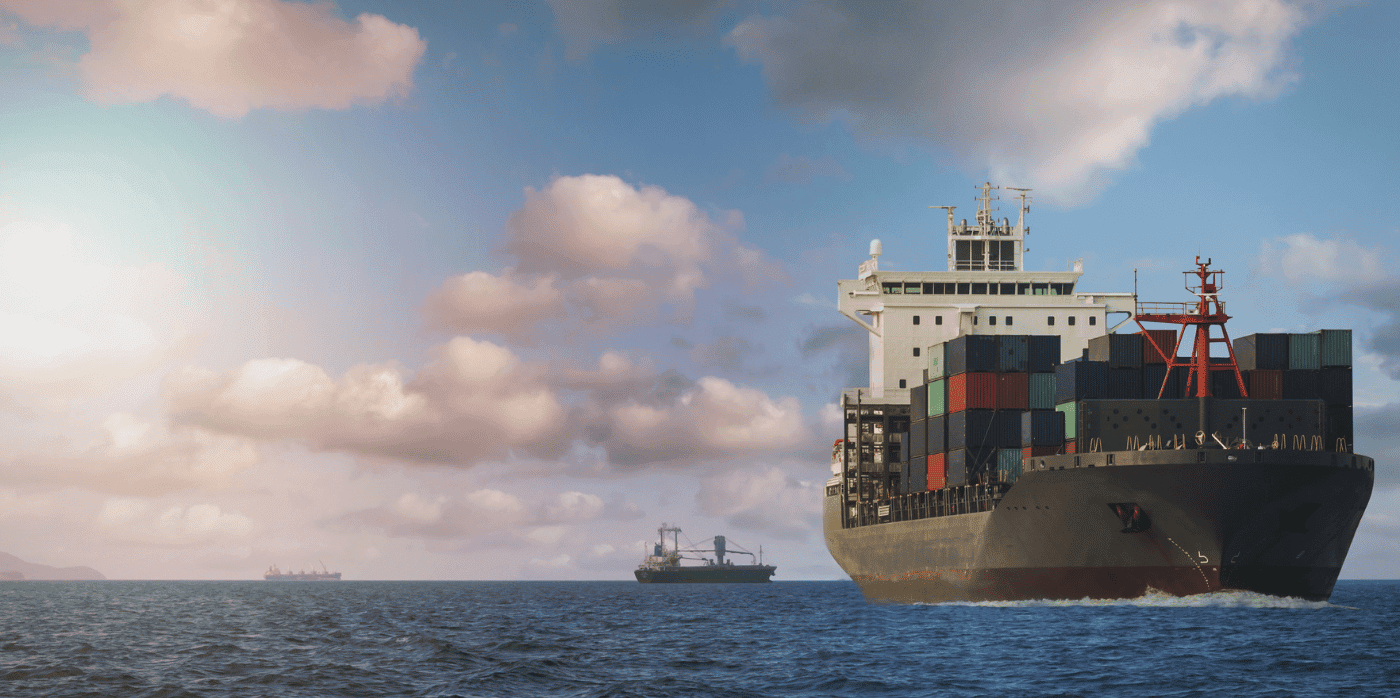AI charts a course for a lower-carbon shipping industry

Spotted: Today, the maritime sector accounts for just under three per cent of global greenhouse gas emissions, and for many businesses, supply chain and logistics account for a significant proportion of the company’s overall carbon footprint.
Shipping remains overwhelmingly dependent on fossil fuels, with alternative power sources, such as ammonia and batteries, at an early stage of development. In the meantime, innovators are helping companies better understand the carbon impact of their shipments and make smarter decisions about route planning. One of these is German startup Searoutes.
Using a wide range of data inputs, such as satellite and terrestrial AIS data, technical information about different vessels, and analysis of different fuel types, the company’s algorithms go beyond traditional methodologies to accurately calculate the CO2 emissions caused by individual shipments. This information is delivered to the user in the form of detailed certificates, which can cover one shipment or multiple.
Meanwhile, the company’s powerful routing engine enables companies to calculate the most efficient routes for shipments, both at sea and on land, taking into account CO2 emissions as well as other mission-critical factors, such as time of arrival and fuel costs. It can do this thanks to the software’s ability to accurately calculate sea distances, allowing for traffic separation schemes and the avoidance of particular areas, such as those prone to piracy.
Finally, the startup’s technology enables companies to have access to rich real-time data about the vessels in their fleet, including details such as distance to the next port of call and time of arrival.
Springwise has spotted other innovations working to make logistics and supply chains greener and more efficient, including an on-board wave power generator and smart packaging.
Written By: Matthew Hempstead

